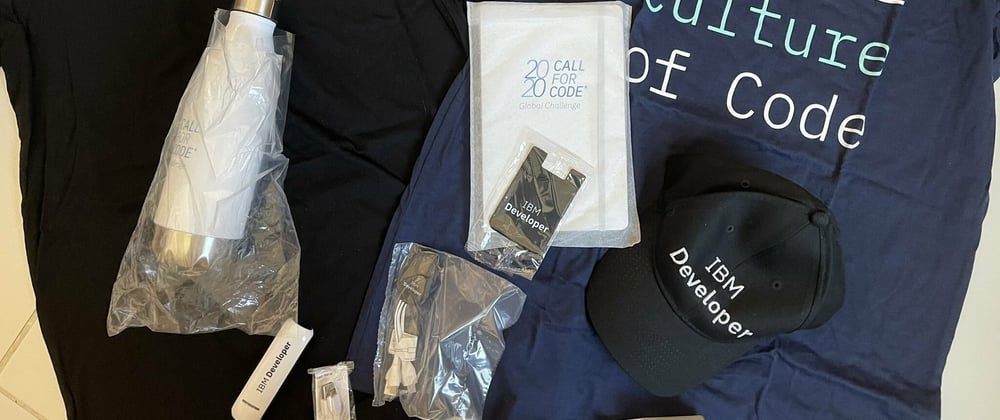Contributing to Open Source
Committing to open-source can be frightening and a bit overwhelming. Maybe you're a Code Newbie or possibly you've been coding for a while, however you haven't found a task you felt open to adding to.
There are various reasons to commit to OSS (open-source software). Let's see what inspires developers to contribute.
To start with, there are a great deal of developers who believe that code ought to be open. They're the enthusiasts who want to improve the world, and it drives them to contribute code. The drive to share one's knowledge can be an incredible motivator.
Second, Open Source gives you an incredible beginning. Novices may begin by fixing minor things, for example, a bug in a library, sending a pull request, or in any event, composing a piece of documentation. Notwithstanding, amateur developers can likewise figure out how to compose "clean code" – code that is lucid and viable – while adding to open-source projects. At the point when developers understand that their code is presented to the world, it makes them center around making that code straightforward and uphold. Software engineers stick to commonly acknowledged standards inside a group, which incorporate standards for indents, descriptions of methods and classes, variable names, and following the don't-repeat-yourself rule. More or less, when adding to free projects you're obliged to adjust to the standards of a task.
Third, you find the opportunity to be important for a functioning open-source community where you can meet similar individuals and supporters. Besides, in case you're a freelancer and effectively add to open-source projects, you increment your odds of being seen by expected businesses.
The primary reason why developers go to free of charge projects is to be identified, to hone their programming abilities, and to become essential for the community. Let's see what needs to be considered before you begin contributing.
Starting an Open-Source Project
As a rule, you should open source your project when you feel comfortable having others view, and give criticism on your work.
Regardless of which stage you choose to open source your project, each task should incorporate the accompanying documentation:
· Open-source license
· README
· Contributing guidelines
· Code of conduct
As a maintainer, these segments will assist you with conveying assumptions, oversee commitments, and secure everybody's rights (counting your own). They essentially increment your odds of having a positive encounter.
If your project is on GitHub, placing these records in your root folder with the suggested filenames will assist GitHub with understanding and consequently surfacing them to your pursuers.
Composing a README
READMEs accomplish more than explaining how to utilize your project. They clarify why your project is relevant, and how your users & contributors can utilize & manage it.
In your README, attempt to respond to the accompanying inquiries:
· What does this project do?
· What purpose does this project serve?
· How to get started?
· Where would I be able to get more assistance, if required?
You can utilize your README to address different inquiries, similar to how you handle commitments, what the objectives are, and rules about licenses and attribution. In the event that you would prefer not to acknowledge commitments, or your project isn't yet prepared, record this data.
Here and there, individuals try not to compose a README on the grounds that they feel like the project is incomplete, or they don't need commitments. These excellent motivations to keep in touch with one.
At the point when you incorporate a README file in the root folder, GitHub will show it on the main page.
Composing your contributing rules
A CONTRIBUTING record advises contributors on how to participate. For instance, you may write steps for:
· Instructions to document a bug report (Create issue and pull request templates)
· Step by step instructions to recommend another element
· Step by step instructions to set up your environment and run tests
Further, a CONTRIBUTING document is a chance to convey your assumptions for commitments, for example,
· The sorts of commitments you're searching for
· Your guide or vision for the project
· How contributors can to (or can not) connect with you
Utilizing a warm, agreeable tone and offering explicit recommendations for commitments, (for example, composing documentation, or making a pull request) can go far in making newcomers to feel invited and eager to participate.
In the primitive phases of your project, your CONTRIBUTING document can be straightforward. You have to disclose how to report bugs or record issues, and any specialized prerequisites (like tests) to make a commitment.
Over the long run, you may add other every now and again posed inquiries to your CONTRIBUTING document. Recording this data implies less individuals will ask you similar inquiries again and again.
Contributing to other projects
If your goal is to learn how to collaborate with others or understand how open source works, consider contributing to an existing project. Start with a project that you already use and love. Contributing to a project can be as simple as fixing typos or updating documentation.
Looking to use #TechforGood? Join a community of problem solvers to fight back some of the world’s most pressing challenges and win up to $200K!
Answer the call on → http://callforcode.org
Follow us on Meetup to join us in the upcoming relevant workshops and webinars.







Top comments (0)